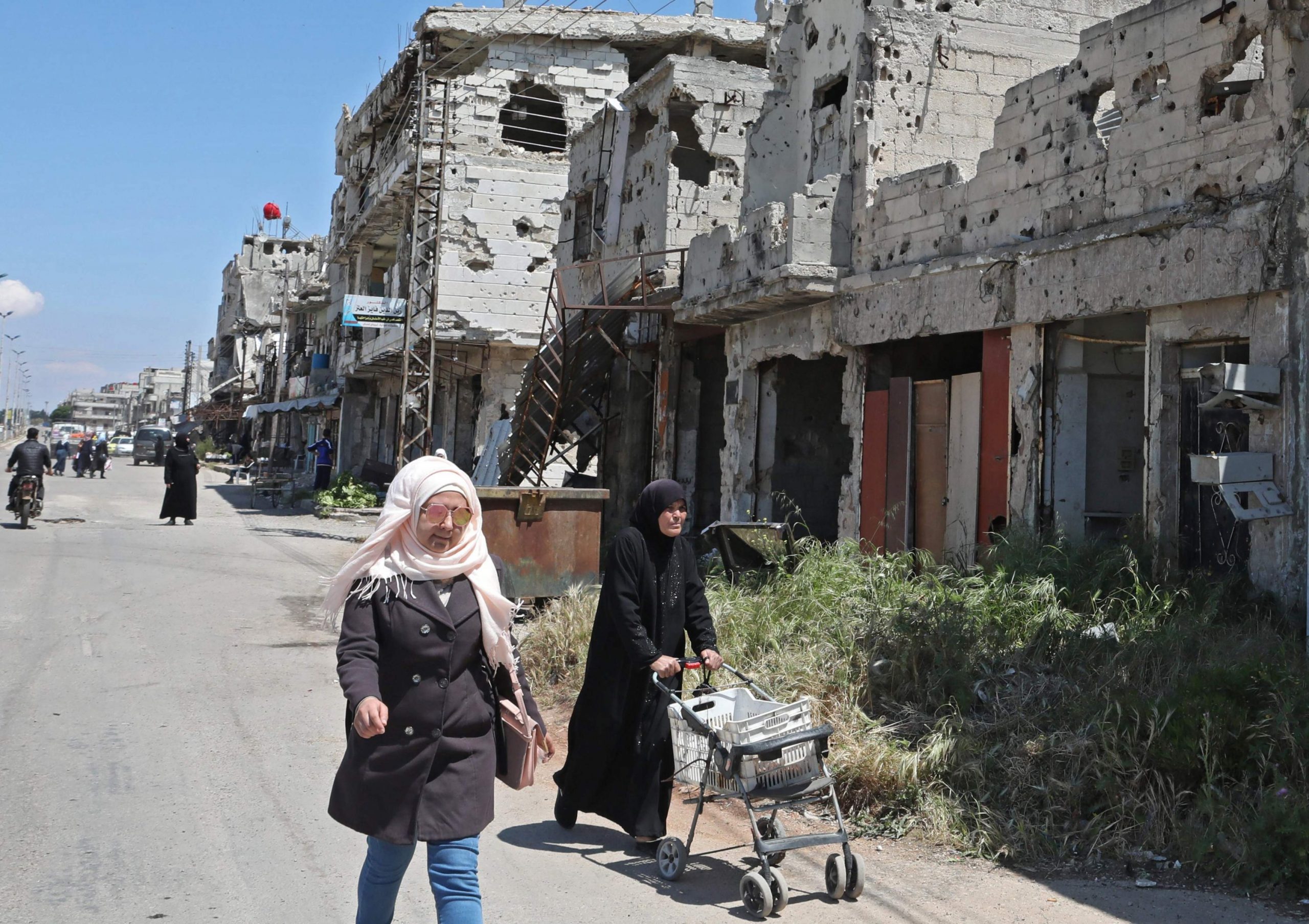More than 700 citizen journalists have been killed in attacks in Syria since the beginning of the civil war in 2011, the Syrian Network for Human Rights (SNHR) said Sunday.
In a report on the occasion of World Press Freedom Day 2020, the rights group said as many as “707 citizen journalists have been killed since March 2011 to date, 78% of them by Syrian regime forces.”
According to the report, there have been at least 1,169 arrests and kidnappings of citizen journalists in Syria between March 2011 and May 2020.
“The Syrian Network for Human Rights (SNHR) demands the release of 422 citizen journalists in Syria, most of whom are detained by the Syrian regime, and are now threatened by the COVID-19 pandemic,” the SNHR said.
The report emphasized that the Syrian regime bears the greatest responsibility for Syria’s horrendous status globally concerning press freedom and media work.
“The report also notes that the Syrian regime is by far the largest perpetrator of violations against citizen journalists compared to all other parties to the conflict, although it adds that since Russian forces are also associated with and supportive of the Syrian regime’s violations, they bear joint responsibility, along with the Syrian regime, for 85% of the violations committed against citizen journalists,” SNHR stated on the subject.
The report states that the Syrian regime is responsible for the deaths of 551 citizen journalists, out of 707 total, including five children, one woman and five foreign journalists. Forty-seven of the citizen journalists, however, were killed by the regime as a result of torture in detention centers. Russian forces were, on the other hand, responsible for the deaths of 22 citizen journalists. The Daesh terrorist group killed 64, including one child, two women, three foreign journalists and three people under torture.
“There have been at least 1,169 arrests and kidnappings of citizen journalists at the hands of the main perpetrator parties in Syria between March 2011 and May 2020, of whom at least 422, including three women and 17 foreign journalists, are still detained or forcibly disappeared in detention centers as of May 2020,” the report stated, indicating that of these, 353 citizen journalists, including two women and four foreign journalists, are still detained or forcibly disappeared by Syrian Regime forces.
The report also expressed that the Syrian regime uses state media as “a weapon of war,” including movies and TV series.
The Syrian regime has been accused of various crimes during the conflict that started in 2011, including torture in prisons, summary executions and the use of chemical weapons.
According to the Syrian Observatory for Human Rights, at least 60,000 people have been killed due to torture or as a result of the terrible conditions in Assad’s detention centers.
The trial has been described as a pivotal moment in the effort to bring Syrian officials accused of crimes to justice.
“With other avenues for justice blocked, criminal prosecutions in Europe offer hope for victims of crimes in Syria who have nowhere else to turn,” said Balkees Jarrah, associate international justice director at Human Rights Watch. “The trial in Koblenz shows that courts, even thousands of miles away from where the atrocities occurred, can play a critical role in combating impunity,” she said.
Last year, five Syrian torture survivors living in Norway filed legal complaints against senior officials of the regime. The complaint filed by the Syrian nationals documented crimes committed by 17 senior officials connected to the regime’s Military Intelligence, General Intelligence and Political and Criminal Security divisions.
Already in 2012, Human Rights Watch said Syria was holding tens of thousands of detainees in a “torture archipelago.”
It documented 27 detention facilities nationwide used to hold people swept up in the government’s crackdown on protesters.
Witnesses described torture, including beatings, the use of electricity or car battery acid, sexual assault and mock executions.
Last Updated on May 04, 2020 1:45 pm by Şeyma Nazlı Gürbüz










Discussion about this post